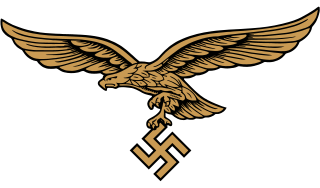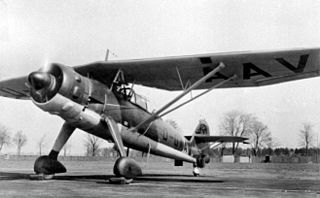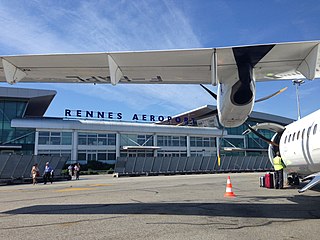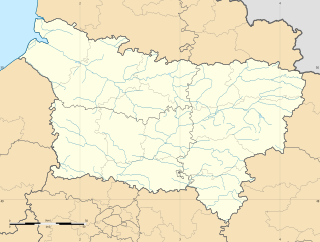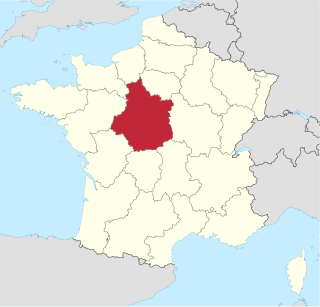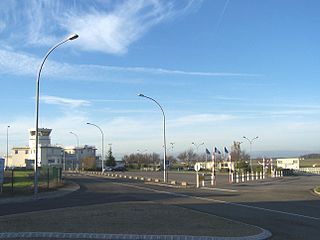| Persan-Beaumont Airport Aérodrome de Persan - Beaumont (former Advanced Landing Ground A-60) | |||||||||||||||||||
|---|---|---|---|---|---|---|---|---|---|---|---|---|---|---|---|---|---|---|---|
A-26C-2-DL Invader 41-39199 553rd BS, 386th BG, 9th AF Beaumont-sur-Oise Airfield (A-60), France, 2 December 1944 | |||||||||||||||||||
| Summary | |||||||||||||||||||
| Airport type | Public | ||||||||||||||||||
| Operator | Aéroports de Paris | ||||||||||||||||||
| Serves | Persan / Beaumont, France | ||||||||||||||||||
| Elevation AMSL | 149 ft / 45 m | ||||||||||||||||||
| Coordinates | 49°09′54″N002°18′42″E / 49.16500°N 2.31167°E Coordinates: 49°09′54″N002°18′42″E / 49.16500°N 2.31167°E | ||||||||||||||||||
| Map | |||||||||||||||||||
| Runways | |||||||||||||||||||
| |||||||||||||||||||
Persan-Beaumont Airport (French : Aérodrome de Persan - Beaumont, ICAO : LFPA) is a regional airport in the Val-d'Oise department in Île-de-France in northern France. It is located 3 kilometres (2 mi) northeast of Beaumont-sur-Oise, [1] 3 kilometres (2 mi) east-northeast of Persan, [2] and 32 kilometres (20 mi) north of Paris. [3] The airport supports general aviation with no commercial airline service scheduled.

French is a Romance language of the Indo-European family. It descended from the Vulgar Latin of the Roman Empire, as did all Romance languages. French evolved from Gallo-Romance, the spoken Latin in Gaul, and more specifically in Northern Gaul. Its closest relatives are the other langues d'oïl—languages historically spoken in northern France and in southern Belgium, which French (Francien) has largely supplanted. French was also influenced by native Celtic languages of Northern Roman Gaul like Gallia Belgica and by the (Germanic) Frankish language of the post-Roman Frankish invaders. Today, owing to France's past overseas expansion, there are numerous French-based creole languages, most notably Haitian Creole. A French-speaking person or nation may be referred to as Francophone in both English and French.

The ICAOairport code or location indicator is a four-letter code designating aerodromes around the world. These codes, as defined by the International Civil Aviation Organization and published in ICAO Document 7910: Location Indicators, are used by air traffic control and airline operations such as flight planning.
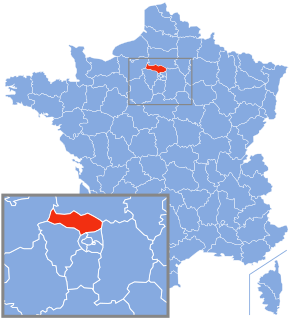
Val-d'Oise is a French department, created in 1968 after the split of the Seine-et-Oise department and located in the Île-de-France region. In local slang, it is known as "quatre-vingt quinze" or "neuf cinq", after the first two digits of the department's postcode. It gets its name from the Oise River, a major tributary of the Seine, which crosses the region after having started in Belgium and flowed through north-eastern France. Charles de Gaulle Airport, France's main international airport is partially located in Roissy-en-France, a commune of Val d'Oise.





